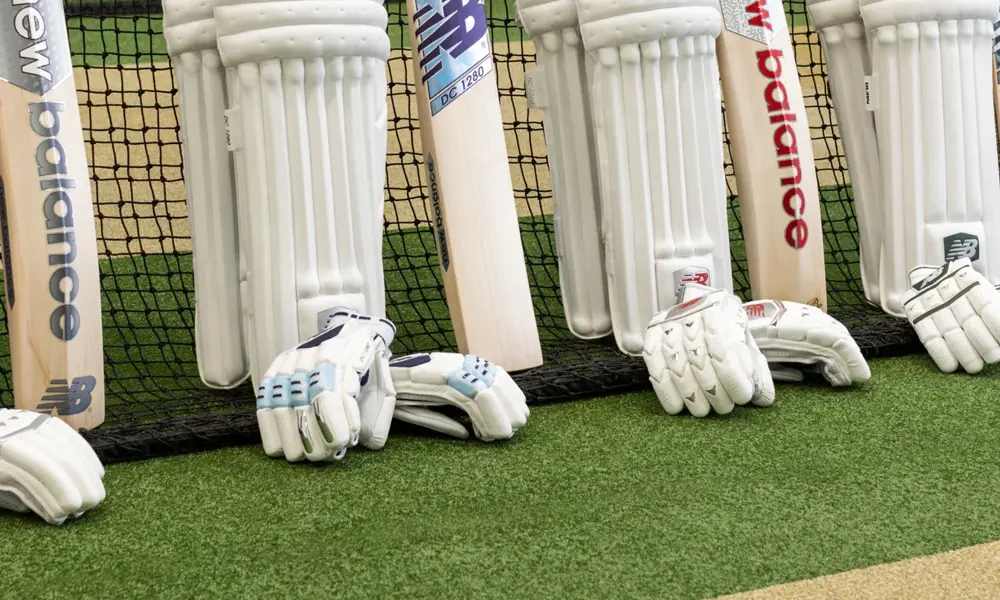Keeping a Grip: Unveiling the Crucial Role of Moisture Management in Cricket Batting Gloves

Cricket, often hailed as a gentleman's game, demands precision, skill, and adaptability from its players. From the breathtaking strokes of a batsman to the strategic maneuvers of a bowler, every aspect of the game is meticulously honed for success. Amidst this intricacy, one might overlook the significance of a seemingly humble accessory: the cricket batting gloves. Yet, these gloves play a pivotal role in a batsman's performance, especially when it comes to moisture management.
Picture this: a hot, sweltering day on the cricket field, the sun beating down relentlessly. As the game progresses, sweat begins to form on the palms of the batsman. With each delivery, the grip on the bat becomes more precarious, increasing the likelihood of mistimed shots or even worse, the dreaded mishit. This is where moisture management steps onto the stage as the unsung hero of cricket batting gloves.
Understanding Moisture Management:
Moisture management in cricket batting gloves refers to their ability to wick away sweat and maintain a dry surface for optimal grip. This is achieved through the integration of advanced materials and design elements tailored to combat moisture buildup.
The Enemy: Sweat
Sweat is the primary adversary of a batsman. It not only makes the palms slippery but also leads to discomfort, hindering concentration and performance. In the heat of the moment, a batsman cannot afford distractions, making effective moisture management indispensable.
Innovation at Play:
Cricket equipment manufacturers have invested heavily in research and development to tackle the challenge of moisture management head-on. Modern batting gloves feature innovative materials such as moisture-wicking fabrics, ventilated panels, and perforated palms. These elements work in synergy to enhance breathability and expel moisture, keeping the hands cool and dry even in the most demanding conditions.
The Impact on Performance:
The significance of moisture management extends beyond mere comfort; it directly influences a batsman's performance on the field. A secure grip on the bat is essential for precise shot-making and control. By maintaining a dry surface, batting gloves ensure consistency in grip, empowering batsmen to play their shots with confidence and accuracy.
Adaptability to Environmental Conditions:
Cricket is played in diverse climates, ranging from the scorching heat of the Indian subcontinent to the damp conditions of the English countryside. Moisture management technologies in batting gloves are designed to adapt to these varying environments, providing reliable performance regardless of the weather.
The Mental Edge:
Beyond its physical benefits, effective moisture management in batting gloves offers a psychological advantage to batsmen. Knowing that their grip remains steadfast, irrespective of sweat or humidity, instills a sense of reassurance and focus. This mental fortitude can prove invaluable in high-pressure situations, where the outcome of the game hangs in the balance.
Looking Ahead:
As cricket continues to evolve, so too will the technology behind its equipment. The role of moisture management in batting gloves will only grow in importance, shaping the performance of batsmen at every level of the game. Whether facing the blazing sun or braving the drizzling rain, cricketers can rely on their gloves to provide the grip they need to excel.
In the grand tapestry of cricket, every thread plays a vital role. From the majestic sweep of a cover drive to the meticulous design of a batting glove, each element contributes to the beauty and complexity of the sport. So, the next time you witness a breathtaking innings unfold, remember the unsung hero behind every stroke: moisture management in cricket batting gloves.

